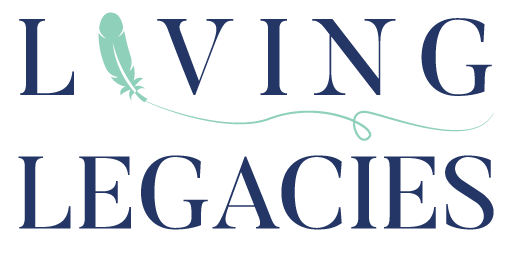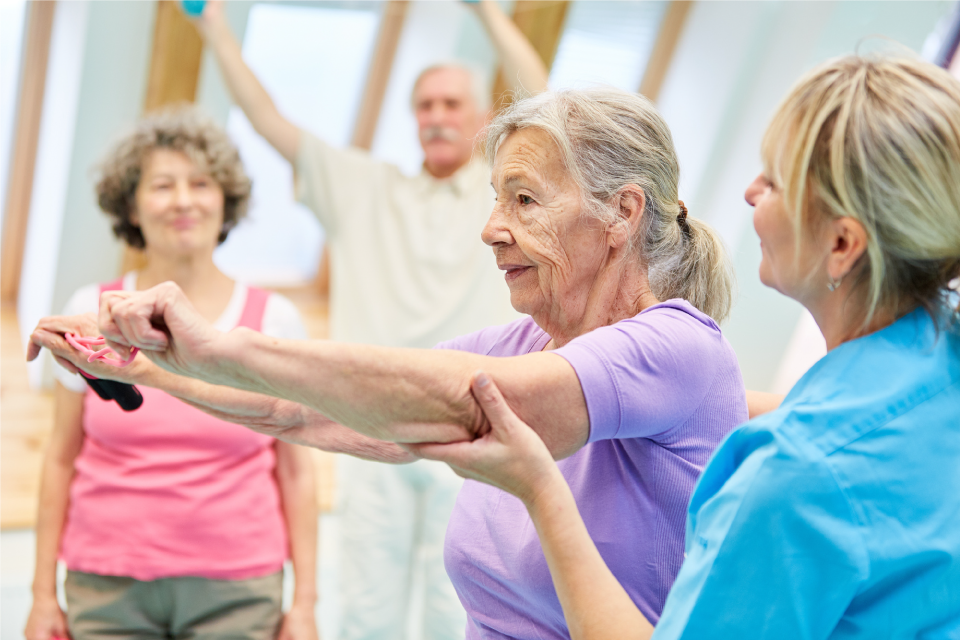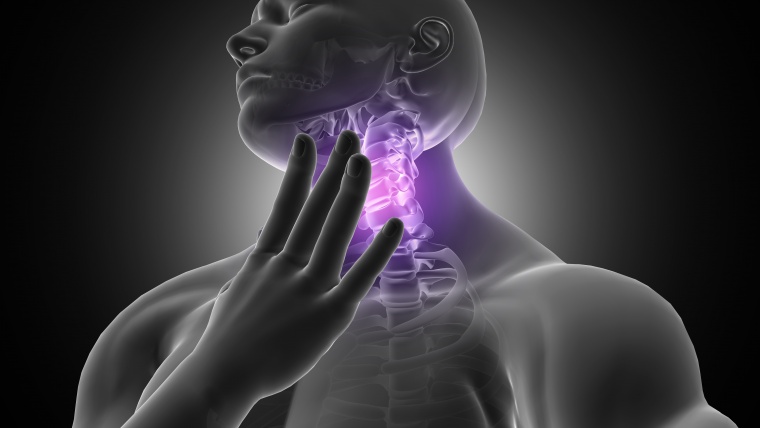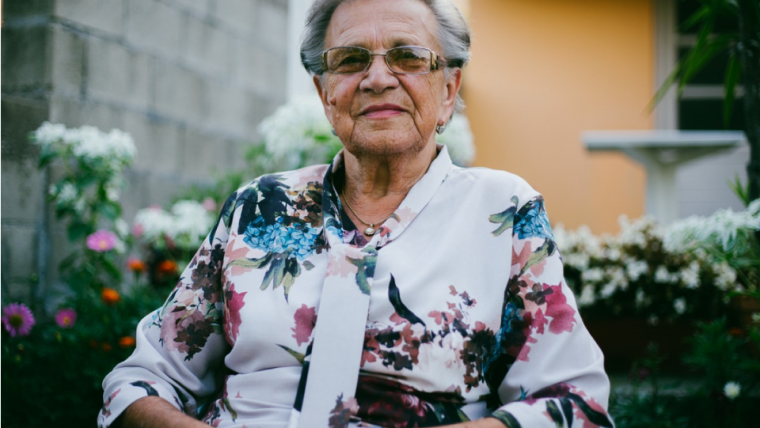The United States is getting old.
In fact, by 2020 there’ll be 54.6 million people aged over 65. This is a 21% increase since the year 2000 and represents approximately 17% of the 328 million people currently living in the country.
Scarily, 80% of elderly Americans suffer at least one chronic health issue. Almost 50% have two of them. Arthritis, diabetes, osteoporosis, Alzheimer’s, and hypertension are all common ailments for seniors.
As the population ages, more and more people will suffer from life-inhibiting health problems. This means that effective medical care for the elderly is becoming more important than ever before.
Physical therapy for seniors is one treatment approach in particular that can help. But how does it work? What are the benefits of physical therapy for elderly people?
Keep reading to find out.
What Do Physical Therapists Do?
First, let’s take a quick look at the specific role of a physical therapist.
The overarching function of a physical therapist is to work with an individual (of all ages), to reduce pain, enhance mobility, and support their overall functioning. It can be part of an inpatient or outpatient service.
After an initial assessment, the physical therapist will develop a plan of action to help the client. Using a wide range of treatment techniques, they’ll set about solving the presenting problems and achieving client goals.
To do so, they’ll suggest particular exercises (such as stretching, and weight training) that support balance, strength, and flexibility. The therapy may also incorporate massage, water therapy, ultrasounds, and rehabilitation, among others.
You can usually go directly to a physical therapist without a referral from a doctor. Your doctor could refer you too. Insurance can cover physical therapy, but be sure to check your policy first.
13 Benefits of Physical Therapy for Seniors
Getting older doesn’t mean you need to live with pain and immobility. Check out these 13 amazing benefits that physical therapy can have on seniors.
1. It Supports a Wide Range of Ailments
Unfortunately, aging increases your likelihood of suffering almost every ailment.
It doesn’t matter what it is: cancer, diabetes, stroke, heart problems…the list goes on. Simply put, the older you get, the more prone you are to contract, develop, and experience health problems.
However, all is not lost.
Through sensible, healthy living, combined with effective treatment approaches, you can do a lot to postpone and prevent issues arising. Physical therapy is one way of doing so.
Many associate physical therapies with pain reduction alone (more on this later). However, it’s far more than this.
Physical therapy can help you recover from a stroke, control your bodily functions, enhance your balance, manage chronic issues (like diabetes and heart disease), reduce the impact of arthritis, limit the pain from cancer, and even get used to an artificial limb.
2. It’s Preventative Too
Prevention’s preferable to treatment.
And physical therapy offers this too. Physical therapy doesn’t just support you in the aftermath of an issue. It can contribute to stopping it happening in the first place.
Maintaining your good health in old age is reliant on taking preventative measures beforehand. A healthy lifestyle throughout adulthood will help you in the long term. The same is true for physical therapy.
Get started early and you’ll have a better chance of postponing problems.
3. You Stay Independent for Longer
Losing your independence is a challenging part of getting older.
Everyone will face it at some point. As the years go by, and our physical and mental health worsens, we rely on the support of others to function properly. Personal care, getting dressed, cooking meals, paying bills and so on will all fall on others’ shoulders. It’s easy to feel like a burden.
The skills, flexibility, reduced pain and added strength gained from physical therapy can help you stay independent as long as possible. Likewise, if you’re starting to rely more on other people, undertaking physical therapy may restore your ability to self-care.
4. Your Confidence Increases
Staying independent works wonders for your self-esteem.
You don’t need others to get you through the day. You can do it yourself- just as you always have.
It’s easy to doubt yourself when bodily issues begin to interfere with functioning. Can you get dress yourself? Can you shower yourself? Can you get up the stairs? And so on. Slippery floors and uneven surfaces take on a whole new level of danger. Fear can reign.
But there’s supreme confidence that goes with knowing you remain fully capable.
How often do we look at active people in their eighties and marvel at their energy levels and zest for life? There’s something special about it.
Physical therapy can get you closer to being one of those individuals!
5. Fall Prevention
Falls are one of the biggest threats to the elderly.
Here are some scary fall-related facts:
- Roughly 3-million people visit emergency departments each year for a fall.
- Only half of those who fall will tell their doctor.
- Your chance of falling doubles after you’ve dropped once.
- 1 in 5 falls results in severe physical trauma such as broken bones.
Unfortunately, falling goes with the territory of getting older. There are more risk factors. Your strength decreases, as does mobility, flexibility, and balance. It all adds up to a greater chance of a fall.
Physical therapy can help you counter these trials of aging. With the exercises your physical therapist suggests, you’ll become stronger, more dextrous, coordinated and flexible. Overall, you’ll be less likely to fall.
6. Recover Quicker from Falls
Falling over is almost inevitable though, even if you’ve benefited from physical therapy.
And it can have serious consequences.
Common outcomes include broken hips, head injuries, cuts, bruises and an ensuing fear of falling. Certain medications can also increase the likelihood of a fall, and result in more severe outcomes (blood thinners are one example).
Physical therapy can support your recovery from a fall. This critical support can reduce lasting pain, increase your mobility, restore function, reduce the fear of falling again, and help you get back to an active lifestyle.
7. Learn How to Overcome Daily Challenges
Things get harder when you get older.
Actions and movements that you once took for granted begin to feel exceedingly challenging. Going to the bathroom, walking up the stairs, getting your socks on, tying shoelaces, and picking things off the floor are some examples.
Many of these challenges are a result of failing faculties that physical therapy is designed to counter. Pain and reduced mobility are two such factors of older age. Thankfully, as we’ve already seen, physical therapy can help with both.
Remember, independence and self-confidence are two immensely positive outcomes of overcoming such challenges.
8. Reduce Pain Levels
This one’s worth reemphasizing: physical therapy can help minimize pain levels.
Getting old has a habit of being painful. Muscles ache, joints creak, and old injuries play up. Bones are brittle, colds are common, and falls are frequent. For all of these reasons, it’s easy to stay immobile as you age.
However, this often exacerbates things. For instance, staying still stiffens joints and reduces mobility even further. It’s a slippery slope. It’s important to stay active.
Physical therapy offers light exercises, stretching, and all manner of other techniques that support your body and reduces pain.
9. Avoid Additional Medications
Medications and prescriptions are other banes of old age.
There’s a pill for everything these days. And the medications often have side effects, which require further prescriptions to counteract! It can be a vicious cycle.
But they serve their purpose. After all, medications can reduce pain, help heart conditions, diminish depression, assist Alzheimer’s, control cancer, and manage migraines, to name a few.
However, the amount of medication necessary to sustain good health can be enormous. For instance, it’s common for people in nursing homes to take 8 different types of medication regularly.
Physical therapy can be a good way of reducing such quantities. It makes sense given what it achieves. For example, less pain and reduced need for surgery are two outcomes of physical therapy that would otherwise require medication.
10. Stay Out of the Hospital
Less medication’s one thing. Staying out of hospital’s another.
Unfortunately, getting old usually requires ever more frequent trips to the hospital. In the UK, for example, people aged 65 to 69 accounted for 1.3 million admissions between 2015 and 2016. Those figures were higher than for any other age group that year.
These statistics are similar the world over.
However, those who undertake physical therapy are less likely to go to a hospital. It makes sense.
After all, physical therapy is known to help prevent and treat serious illnesses and health conditions. Likewise, it can reduce pain and the risk of falls. All of the above could lead to a trip to the hospital.
11. Stay Active for Longer
Let’s not confuse independence with activity.
Someone can be independent but remain inactive. You may be able to get dressed and do your own cooking. But that doesn’t necessarily mean you get out and about. Thankfully, physical therapy plays a role in both.
It’s for all of the reasons we’ve discussed above. The positive impact on pain levels, mobility, and confidence, all enable you to stay active.
Often, wanting to be active starts with the ability to be active in the first place. You can socialize more easily with friends and family. You can continue to do the sports you love, or the gardening, or whatever else you enjoy.
12. Further Reduce Risk of Illness With Activity
Physical therapy can itself help prevent some health issues. And as we’ve seen, it also helps to keep you active.
Physical therapy, by its very nature, entails physical exertion to make progress. The clue’s in the name, right?
Research suggests that being active then reduces your risk of illness even further. It’s a nice upward spiral! Regular exercise, for instance, supports cardiovascular health, cancer, heart disease, the risk of stroke, depression, and obesity.
In essence, activity begets better health, which leads to further activity.
13. Counter the Signs of Aging
Every issue we’ve discussed so far is a sign of aging.
The greater the risk of a health issue. The reduced independence. The higher the chance of a fall. The more medication. The higher frequency of hospital stays…
The list goes on. And it’s all a part of getting older. Each of the above is an inevitability.
Yet physical therapy manages to counter all of them, at least to a degree. In this way, we can assert that physical therapy is an effective way to postpone the problems of getting old. Conversely, one might argue that physical therapy helps you stay young longer!
Time to Wrap Up
There you have it: 13 great benefits of physical therapy for seniors.
The elderly population of the United States has grown considerably in the last 20 years. We’ve got the baby boomer generation to thank for that!
Unfortunately, health issues are commonplace as you age. As a result, now more than ever, there’s a need for effective treatment approaches to ease the burden of disease. Physical therapy is one form of treatment that can be effective for elderly people.
The benefits are numerous and wide-ranging.
We’ve seen how physical therapy can both prevent and treat a wide range of serious issues. These include heart conditions, pain, diabetes, and strokes. You can maintain your independence and stay active for longer. Confidence and self-esteem increase as a result.
Your increased mobility and strength make falls less likely, and help you recover when they do happen. You can overcome the daily challenges of old-age, and reduce your pain levels. Similarly, physical therapy can reduce the number of medications you need, and the risk of hospital stays and hospital readmission.
All told, physical therapy goes a long way in protecting you from the signs of aging! We think that’s as compelling an argument as any for doing it!
Are you looking for physical therapy support? Find a location near you today, and begin your journey to health!





